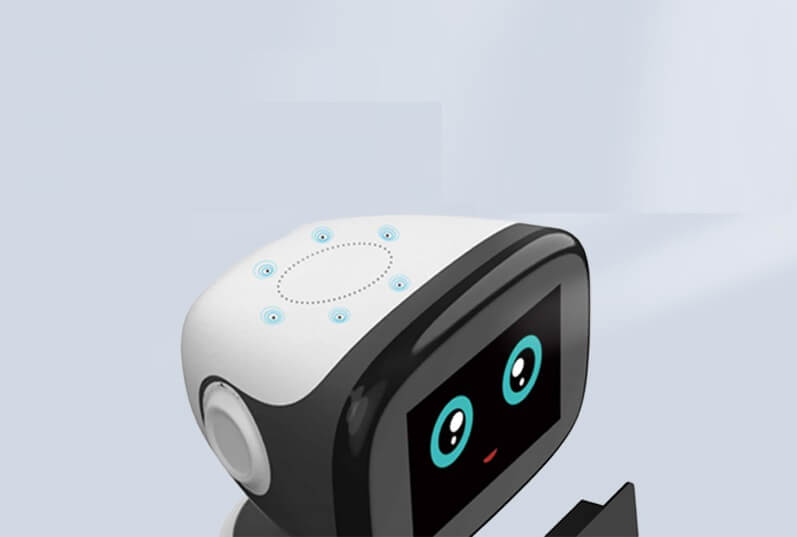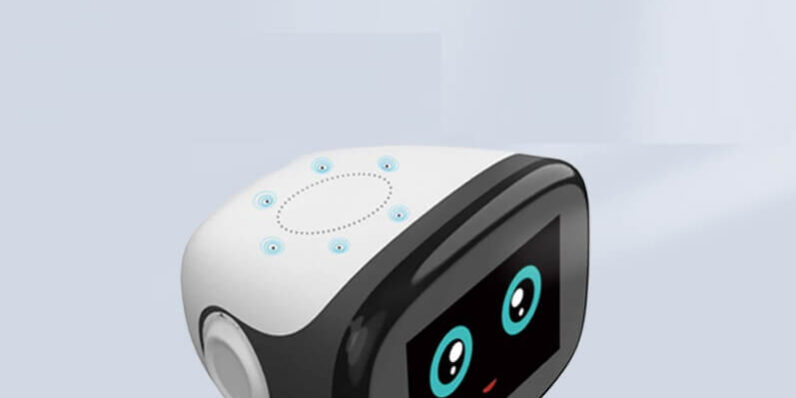In the ever-evolving world of artificial intelligence, welcome robots have emerged as a powerful tool in various sectors, offering intelligent and personalized services. Central to their functionality is facial recognition technology, which allows these robots to interact with people in a more sophisticated and human-like manner. But how exactly do welcome robots recognize people? And how is facial recognition technology applied in these smart machines? In this article, we explore the intricate workings of facial recognition in welcome robots and its broad applications.

The Power of Facial Recognition in Welcome Robots
As businesses seek to enhance customer interactions and streamline operations, welcome robots equipped with facial recognition technology have become indispensable. This advanced technology enables robots to identify individuals, provide customized services, and improve overall user experience. The implications of this technology extend far beyond basic identification, offering a glimpse into the future of intelligent customer service.
What Is Facial Recognition Technology?
Facial recognition is a biometric technology that identifies individuals based on their facial features. Here’s how it works:
- Face Detection: The robot first locates the face within an image or video using computer vision algorithms.
- Feature Extraction: Key facial features such as the eyes, nose, and mouth are identified, along with their spatial relationships.
- Template Matching: These features are then compared with stored facial templates to calculate similarity scores.
- Identity Determination: Based on the similarity, the system determines whether the face matches a known identity in the database.
How Do Welcome Robots Use Facial Recognition?
Facial recognition technology transforms welcome robots from simple greeters into sophisticated, interactive service providers. Here’s how they utilize this technology:
- Identity Verification:
- Visitor Registration: Robots can automatically recognize and register visitors, offering personalized greetings and services.
- Employee Attendance: Facilitate contactless attendance logging, enhancing efficiency and hygiene.
- Access Control: Restrict access to certain areas based on facial recognition, ensuring security.
- Personalized Services:
- Customized Greetings: Robots greet individuals by name and cater their responses based on the recognized identity.
- Service Recommendations: Offer product or service recommendations based on past preferences or purchase history.
- VIP Recognition: Automatically identify VIP customers and provide premium services tailored to their needs.
- Data Analytics:
- Foot Traffic Analysis: Monitor and analyze visitor flow to determine peak times and optimize operations.
- Behavior Analysis: Track visitor movement and dwell time in different areas to understand interests and enhance space utilization.
The Advantages of Facial Recognition Technology in Welcome Robots
- Contactless Identification: Eliminates hygiene concerns associated with traditional contact-based methods.
- Fast Recognition: Quickly and accurately identifies individuals, speeding up service delivery.
- High Security: Difficult to forge facial data, enhancing security.
- Improved User Experience: Simplifies authentication processes, leading to a smoother and more enjoyable interaction.
Challenges in Facial Recognition Technology
Despite its advantages, facial recognition technology faces several challenges:
- Lighting Conditions: Strong lighting or backlighting can affect recognition accuracy.
- Obstructions: Masks, hats, and other coverings can hinder the extraction of facial features.
- Expression Variability: Different facial expressions can alter feature recognition.
- Database Maintenance: Requires regular updates to ensure the accuracy of stored facial data.
Future Trends in Facial Recognition for Welcome Robots
The future of facial recognition in welcome robots is promising, with several advancements on the horizon:
- Multimodal Integration: Combining facial recognition with voice, gait, or fingerprint recognition to improve accuracy.
- Liveness Detection: Implementing liveness detection to prevent spoofing through photos or videos.
- Privacy Protection: Strengthening measures to protect facial data from breaches.
- Edge Computing: Deploying algorithms locally on the robot to improve real-time processing.
Conclusion
Facial recognition technology has revolutionized the capabilities of welcome robots, enabling them to offer smarter, more personalized services. As this technology continues to evolve, its application in welcome robots will only expand, bringing greater convenience and security to our lives.
Interested in learning more about how facial recognition is applied across different industries? Or curious about the specific algorithms behind this technology?
At CPJ ROBOT, we offer a range of service robots and LiDAR solutions tailored for various applications. Our products can be customized to meet your specific needs. For more details, feel free to contact us via email.[email protected]
#ArtificialIntelligence #FacialRecognition #ServiceRobots #Innovation #SmartTechnology
As facial recognition technology continues to mature, welcome robots will increasingly become essential tools in delivering efficient, personalized, and secure services across various industries. Embracing this technology is not just about staying ahead; it’s about redefining the future of customer interaction.






